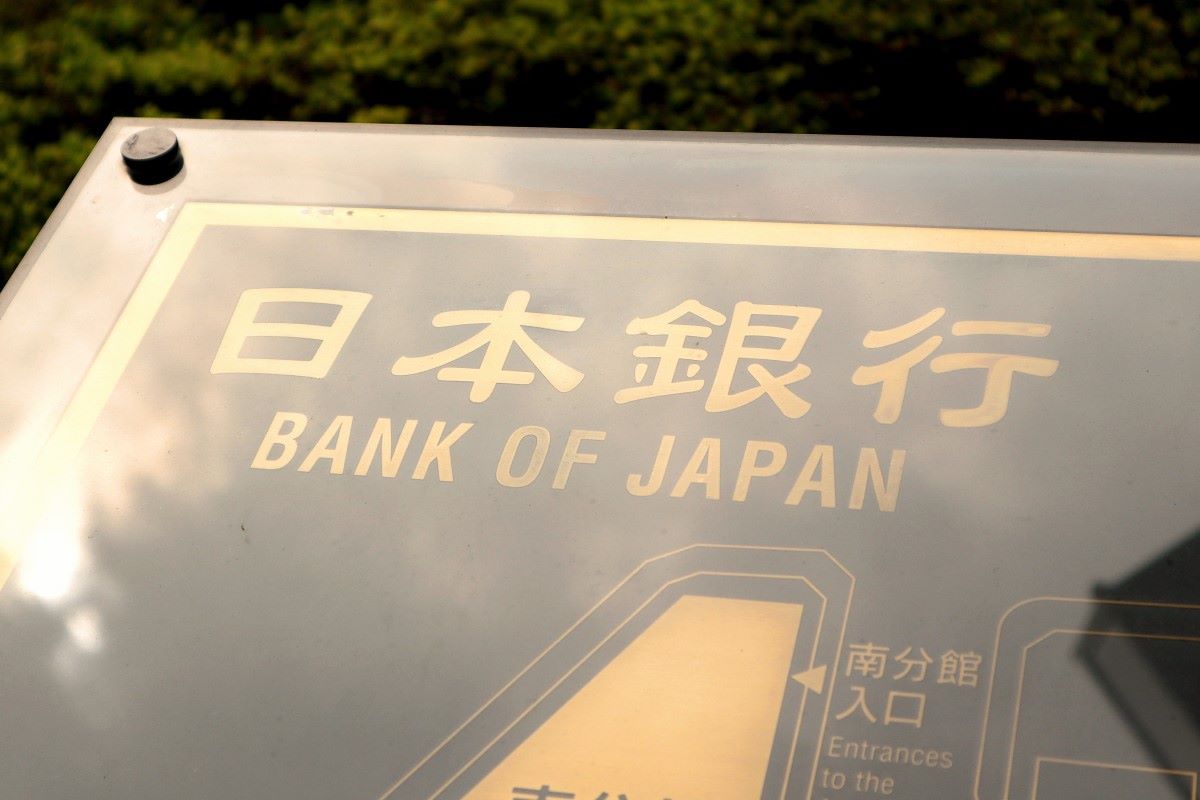In response to higher prices and a weak yen, Japan’s monetary policy was tweaked to focus on flexibility this time. This marked the Bank of Japan’s (BoJ) second adjustment to its yield curve control (YCC) framework in three months.
The central bank released a statement that says, “The Bank will regard the upper bound of 1.0% for 10-year JGB yields as a reference in its market operations.” Additionally, the BoJ also ended its daily bond purchase program, while retaining its benchmark rate at -0.1%. In a nutshell, the BoJ’s decided to eliminate the effective upper ceiling of 1% but kept 1% as a reference (up from 0.5%).
In his speech post the decision, BoJ Governor Kazuo Ueda explained that the central bank’s decision to make YCC flexible was to prevent volatility in the financial markets, especially foreign exchange. The policy tweak appeared minor and disappointed market participants who had expected more.
However, Min Joo Kang, Senior Economist, South Korea and Japan at ING believes that ending the daily bond purchase program is a major step taken by the Bank of Japan. “It means that it won’t explicitly fix the rate anymore and will let the market decide. The BoJ can now allow the JGB 10Y yield above the reference, but certainly will not let it get too far.”
In the bond market, 10-year Japanese government bond yields were unchanged at 0.930% while the 10-year JGB futures fell as much as 0.36 points to 143.73 after the decision was announced.
‘Sustainable’ inflation target and wage rise are key for policy change
The BoJ further raised its median forecast for core inflation (excluding fresh food prices) to 2.8% from 2.5% for FY23 ending in March. For the coming years, the central bank predicts 2.8% inflation for FY24 (up from 1.9%), and 1.7% for FY25 (up from 1.6%).
The forecast indicates conducive conditions for a monetary policy normalisation like an exit from negative short-term interest rates. The market also expects the central bank to discontinue its yield curve control 10-year target in the coming years.
The BoJ Governor affirmed that the bank would closely monitor the economy and price situation by assessing wages and prices. In the press conference, Ueda specified, “We still haven’t seen enough evidence to feel confident that trend inflation will (sustainably hit 2%), ….As such, we don’t see a big risk of being behind the curve.” The Governor hinted that the next spring wage round would be a critical event in determining the direction of policy.
In September, Ueda told a local newspaper, that the key driving factors for exiting the ultra-loose monetary policy would be ‘continued rise in wages’ and ‘sustained inflation’. The bank is waiting for strong data that emerges by the end of the year so that it can take a call. Hence, if the BoJ isn’t too sure about achieving the 2% target sustainably, it might continue to retain its negative policy rate until next year.
“We project that the BoJ will end its negative interest rate policy (NIRP) in April after confirming a reasonably high wage settlement, likely arguing that the economy is on track to stably achieve the 2% inflation target in the coming years,” says Oxford Economics. “Based on our growth and price forecasts, we still believe that the zero-interest rate policy will continue at least for a few years.”
Yen stumbles on disappointment over BoJ decision
Reacting to BoJ’s policy changes, the yen fell the most in the past two months and dropped below 150 per dollar. “Bank of Japan move suggests USD/JPY continues to trade around 150 into year-end and has a better chance of turning lower in the first quarter of next year when the dollar should be softer and the BoJ could exit YCC more forcefully,” predicts ING.
Most market experts call for the central bank to tighten the monetary policy to support the currency. John Vail, Chief Global Strategist at Nikko AM opines, “Given the resilience of the US economy, it seems necessary for Japan’s central bank to tighten monetary policy indirectly to stabilise the yen.” In addition, Vail also advises investors, “It is usually a wise decision to invest in stocks of a solid country after its currency has overcome weakness and stabilised.”
Chris Iggo, CIO Core Investments at AXA Investment Managers feels that the BoJ monetary policy change is also crucial for the Japanese equities market: “A change in monetary policy – however small – could help the yen. Also, people will be more interested in Japanese equities again.”


 Australia
Australia China
China India
India Indonesia
Indonesia Japan
Japan Malaysia
Malaysia Philippines
Philippines Singapore
Singapore South Korea
South Korea Taiwan
Taiwan Thailand
Thailand Vietnam
Vietnam







